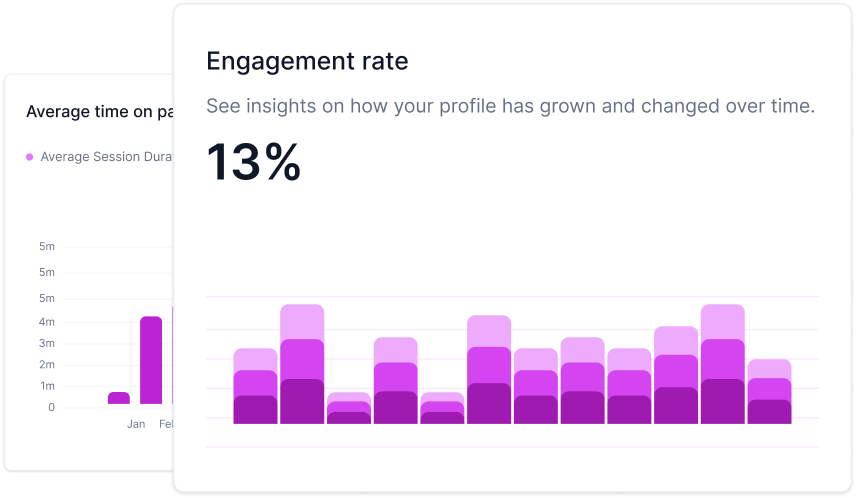An autoresponder is an automated email or message that is sent in response to a specific trigger or action, often used in email marketing to deliver pre-written messages to subscribers at predetermined intervals. It helps maintain engagement with recipients, provide timely responses, and nurture leads or customers effectively.
In the world of digital communication, autoresponders are a versatile tool that can transform the way you interact with your audience. This article will delve into the concept of autoresponders, answering three vital questions to help you make the most of this automation feature in your email marketing campaigns and customer communication.
What is an Autoresponder, and How Can I Use It to Enhance My Email Marketing Campaigns or Customer Communication?
Autoresponders are automated messages or emails sent in response to specific triggers or actions. They enable businesses and individuals to deliver timely, pre-written messages to subscribers or contacts at predetermined intervals. Autoresponders are used in various scenarios, including:
- Welcome Emails: When someone subscribes to your newsletter or joins your mailing list, a welcome email sent via an autoresponder can greet them, set expectations, and provide initial value.
- Drip Campaigns: Autoresponders are used to send a series of emails over time. For instance, you can set up a drip campaign to nurture leads, guiding them through the sales funnel with educational content.
- Confirmation and Transactional Emails: E-commerce websites often employ autoresponders to send order confirmations, shipping updates, and receipts.
- Customer Support: Autoresponders can acknowledge customer inquiries and set expectations for a response, ensuring a professional and timely experience.
- Event Reminders: Use autoresponders to send event reminders, RSVP confirmations, and post-event follow-ups.
The key advantage of autoresponders is their ability to maintain engagement with your audience without manual intervention, enhancing your email marketing efforts and customer communication.
How Can I Measure the Performance and Success of My Autoresponder Campaigns, and What Key Metrics Should I Focus on for Optimization?
Measuring the success of your autoresponder campaigns is essential for continuous improvement. Here are key metrics and strategies to consider:
- Open Rates: Monitor the percentage of recipients who open your autoresponder emails. High open rates indicate that your subject lines and content are engaging.
- Click-Through Rates (CTR): Analyze the percentage of recipients who click on links within your autoresponder emails. A high CTR demonstrates that your content is compelling and encourages action.
- Conversion Rates: For e-commerce or lead generation campaigns, track the conversion rate—how many recipients took the desired action, such as making a purchase or signing up.
- Unsubscribe Rate: Keep an eye on the rate at which subscribers opt out of your autoresponder emails. A high unsubscribe rate may indicate a need for more relevant content or less frequent communication.
- Email List Growth: Measure how your autoresponders affect the growth of your email list. A successful campaign should attract new subscribers and retain existing ones.
- Segmentation Effectiveness: If you're using autoresponders for segmented campaigns, assess how effectively you're catering to the specific needs and interests of each group.
- Bounce Rate: Monitor the rate at which your autoresponder emails bounce, indicating invalid or unreachable email addresses. High bounce rates may require list cleaning.
How Can I Optimize My Autoresponder Campaigns for Better Results?
Optimizing your autoresponder campaigns involves a few strategies:
- A/B Testing: Experiment with different subject lines, content, and send times to identify what resonates best with your audience.
- Personalization: Tailor your autoresponder emails to each recipient by including their name, location, or other relevant details. Personalization improves engagement.
- Content Relevance: Ensure your autoresponder content remains relevant to the recipient's stage in the customer journey.
- Review and Refresh: Periodically review and update your autoresponder sequences to ensure the content remains current and valuable.
- List Maintenance: Regularly clean your email list to remove inactive or uninterested subscribers. A smaller, more engaged list often yields better results.
In conclusion, autoresponders are a powerful automation tool that can revolutionize your email marketing campaigns and customer communication. By understanding what autoresponders are, measuring their performance with key metrics, and optimizing your strategies, you can enhance engagement, drive conversions, and improve the effectiveness of your automated communication.

